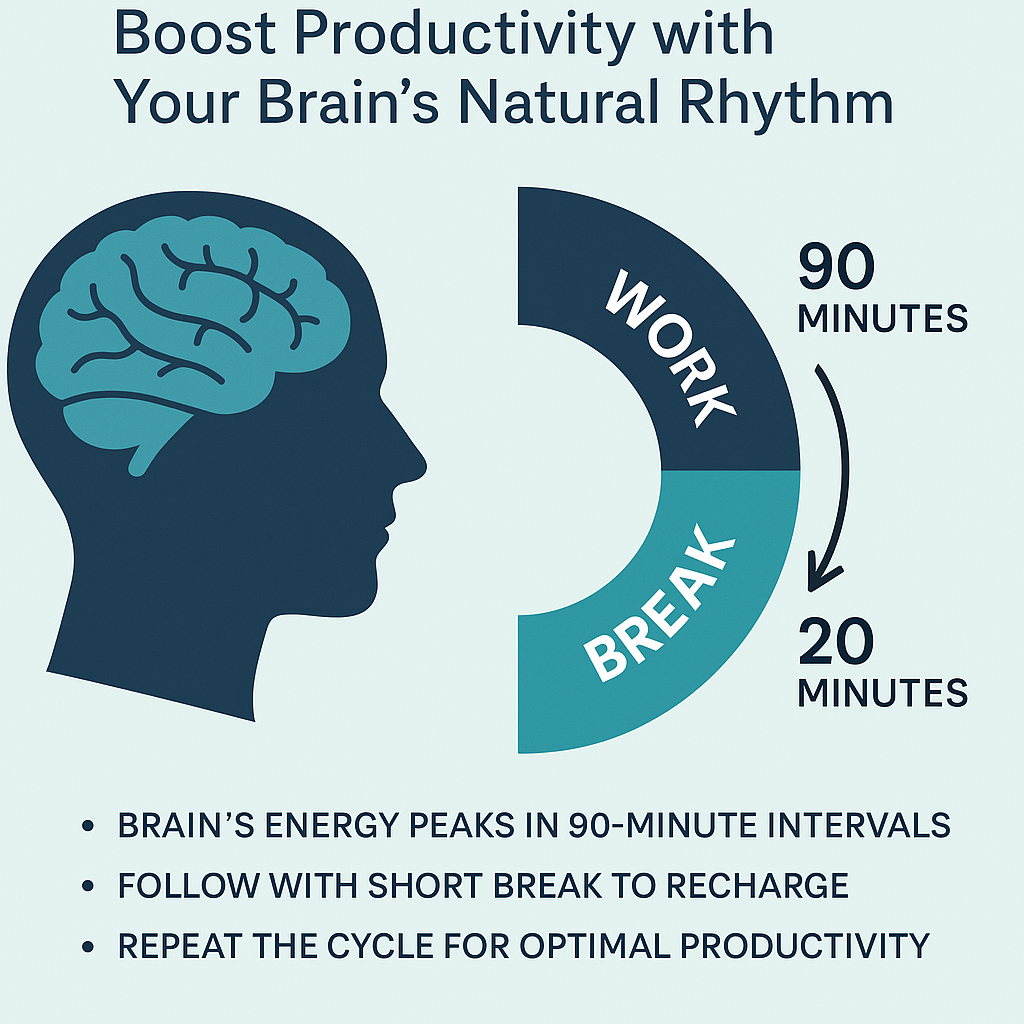🧠 Introduction
Can ChatGPT help you write your essays faster? Yes.
Can it do the work for you without risk? Not exactly.
When used correctly, ChatGPT can boost your writing process, help you brainstorm, and improve structure — but you must do the thinking. In this article, you’ll learn how to use ChatGPT to support your essay writing without risking plagiarism or AI detection issues.
✍️ Step 1: Start with a Clear Essay Prompt
Before using ChatGPT, understand the assignment:
- What’s the topic?
- What’s the required format (argumentative, persuasive, etc.)?
- What are the word limits or citation rules?
📌 Example Prompt:
Write a 700-word persuasive essay on why schools should start later in the morning.
✅ Tip: Avoid asking ChatGPT to write the full essay outright — that’s what raises plagiarism flags.
💡 Step 2: Use ChatGPT for Brainstorming Ideas
Start by asking ChatGPT for:
- Possible essay angles or thesis ideas
- Key points for both sides of the argument
- Topic-specific facts or examples to explore
Prompt Example:
“Give me 5 strong arguments for later school start times for high school students.”
This helps you gather ideas without copying full paragraphs.
🧱 Step 3: Build Your Essay Outline with AI Help
Once you choose your angle, ask ChatGPT to help you structure your ideas into an outline:
Prompt Example:
“Help me create an essay outline with intro, 3 body paragraphs, and a conclusion for my topic on school start times.”
📌 The result:
- You get a skeleton to work with
- You still write the content in your own voice
✅ Tip: This step is totally ethical — you’re organizing, not outsourcing.
🖋️ Step 4: Write the First Draft Yourself
Now it’s your turn to write. Don’t copy from ChatGPT — rephrase, personalize, and explain the ideas in your own words.
If you’re stuck:
- Ask for a sentence rewording
- Get help transitioning between paragraphs
- Ask for grammar or tone suggestions
Prompt Example:
“Rewrite this sentence in a more academic tone…”
“Give me a smoother transition between these two paragraphs…”
This keeps your work original and plagiarism-safe.
🧪 Step 5: Run a Plagiarism Check (Important!)
Even if you rewrote your essay, it’s good practice to scan for unintentional duplication.
✅ Use tools like:
- Grammarly’s plagiarism checker
- Quillbot’s plagiarism scan
- Turnitin (if provided by your school)
This helps keep your submission 100% clean and AdSense-safe if you’re publishing content on your blog too.
🔍 AI Detection Tools: Should You Worry?
Some schools and platforms use AI detection tools (like GPTZero or Turnitin’s AI Checker). These can mislabel well-written student work as AI.
✅ To reduce AI detection risk:
- Mix AI suggestions with your own original thought
- Use informal outlines, not paragraphs
- Rewrite AI outputs heavily if you use them
✅ Do This — Don’t Do That
| ✅ Use ChatGPT to: | ❌ Avoid using ChatGPT to: |
|---|---|
| Brainstorm ideas | Write your full essay |
| Create outlines | Copy content word-for-word |
| Improve grammar | Submit AI-generated work |
| Reword sentences | Skip fact-checking |
🧠 Real-Life Example
Prompt:
“Help me brainstorm 3 pros and 3 cons for using AI in schools.”
Student Action:
- Picks one argument from ChatGPT
- Expands it with a personal example
- Cites a real study or source manually
Result: A high-quality essay that’s original and ethically AI-assisted.
🎯 Final Thoughts
Using ChatGPT for essays isn’t cheating — unless you use it wrong. It’s a smart writing assistant, not a shortcut.
Use it to:
- Think faster
- Organize better
- Write more clearly
Just make sure the final words are yours.
📥 Call to Action
💬 Have you used ChatGPT for school yet? Tell us how you did it!
📬 Want more ethical AI tips for students? Subscribe to MindFactual now.




